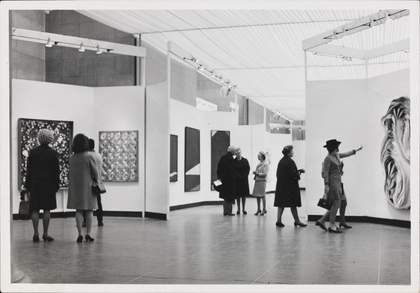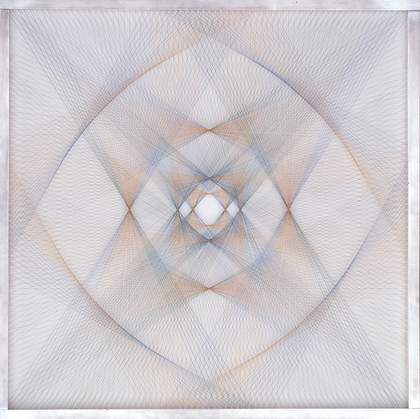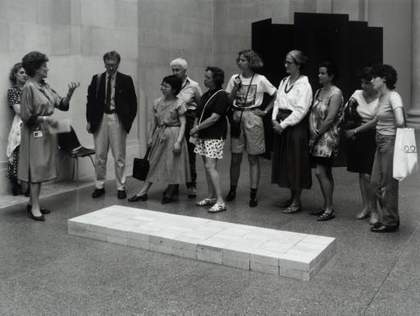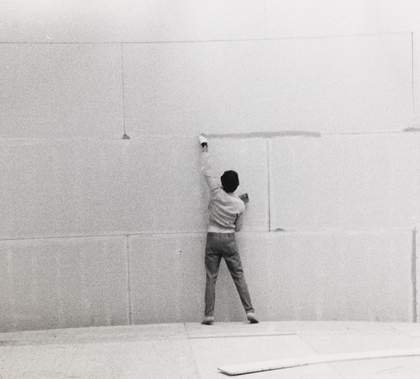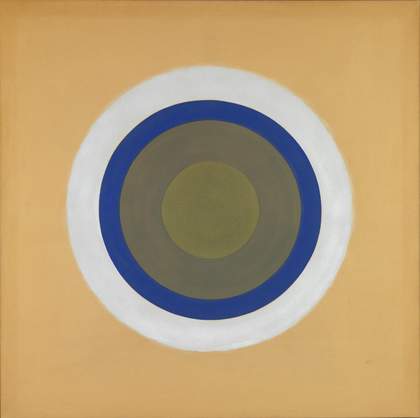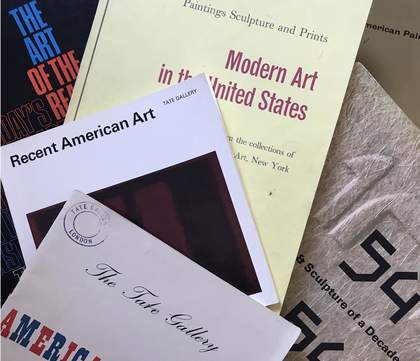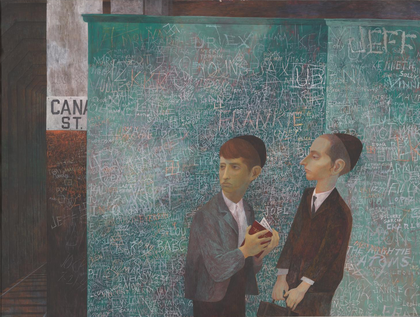Tate began to collect and exhibit modern art from the United States after the Second World War and the gallery’s commitment to representing the art of Britain’s wartime ally only intensified as New York overtook Paris as the world’s centre for contemporary art. Post-war art from the United States is often seen in terms of the dominance of abstraction and the successive development of new styles. However, Tate’s collection complicates this narrative, blurring the boundaries between art historical categories and confirming the persistence of figuration in post-war American art.
Modern American Art at Tate 1945–1980 reveals the richness and complexity of Tate’s involvement with art from the United States during this period, casting new light on the political interests that played a role in determining which artworks were acquired and shown. Read in-depth studies of individual artworks in Tate’s collection, written by leading scholars, as well as essays exploring Tate’s history of collecting and exhibiting American art. Learn about the reception of American art in the UK through the illustrated timeline, and discover many early publications and photographs drawn from Tate’s archive.
This publication marks the culmination of a major, multi-faceted research project made possible through support from the Terra Foundation for American Art.


